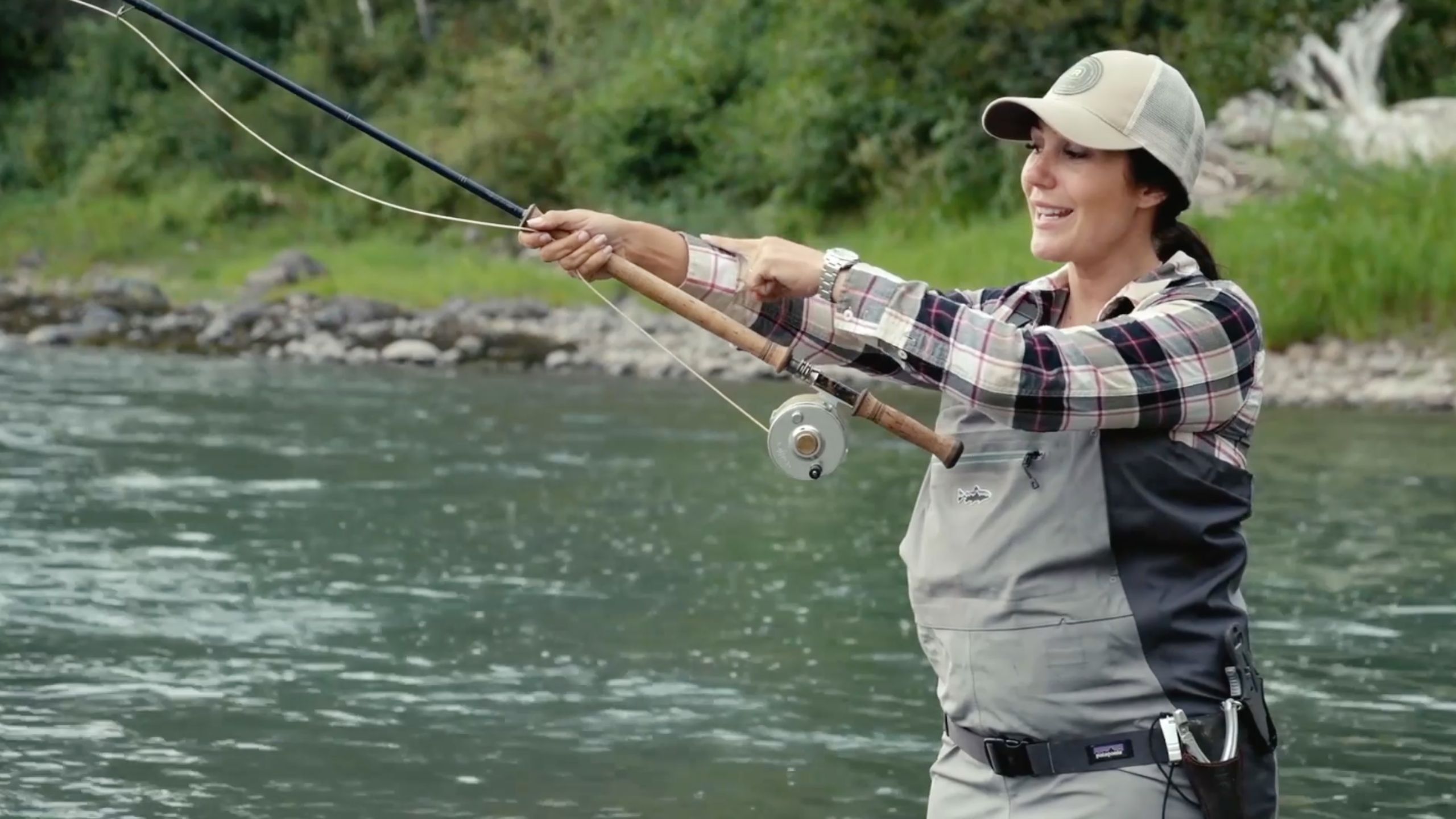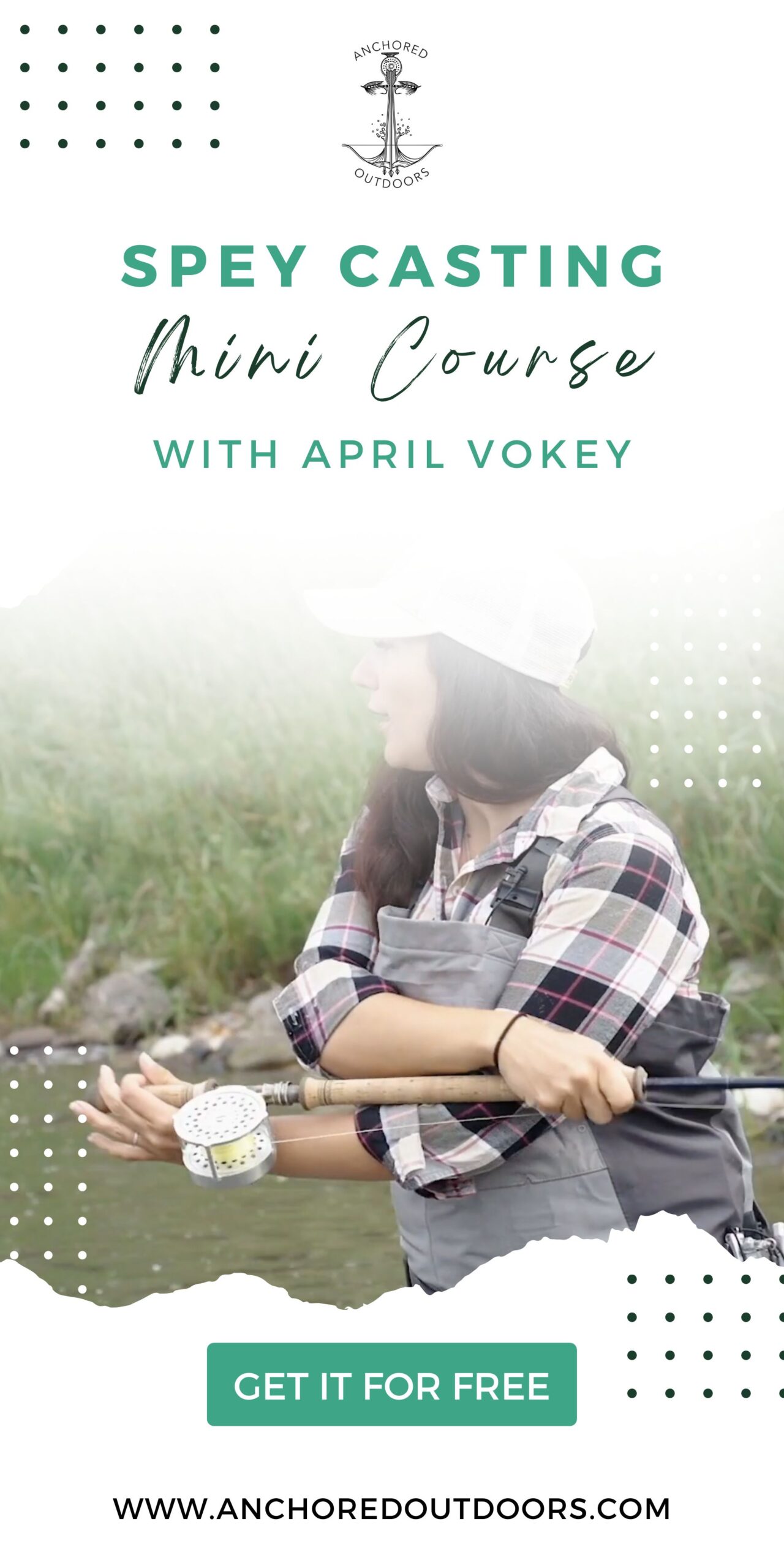Hi everyone! I’m thrilled to kick off the first chapter of my Mini-Spey Course on Anchored Outdoors! In this opening chapter, we’re going to cover 7 fundamental tactics that can make a world of difference in your fishing. Whether you’re an expert angler or a beginner, there are tips here for everyone. So, grab your notebook, and let’s explore the best strategies for steelhead and salmon fishing.
Swinging Technique: Start from the Top
Unlike nymph fishing for trout, where you typically start at the tail and work your way upstream, swinging for steelhead and salmon is a different approach. Here, we start at the head of the run and gradually move downstream. Depending on the water conditions, you’ll want to cast across yourself, allowing the current to naturally swing the fly towards the shore. It’s all about mastering that movement of the fly.
Respect Your Fellow Anglers
Remember, fishing etiquette is a big deal in our community, so never jump in right below another angler. If you arrive at your desired spot and find it’s already taken, you have a couple of options: patiently wait it out or head upstream to find a new place. We’re all here to enjoy the serenity and thrill of fishing, not to step on each other’s toes. So, let’s respect each other’s space and time on the water.
How to Work a Run: Consider These Factors
The approach you take to work a run can significantly impact your success. With this, there are a few key factors you should always keep in mind: the water temperature, its clarity, and even the position of the sun. In murky waters, it’s wise to slow down your pace, giving your fly ample time to be noticed between each swing. On the other hand, in clear waters, you might want to cover more ground, taking larger steps between swings. Every detail counts when you’re trying to be noticed by these incredible fish.
Understanding Steelhead: Winter vs Summer Runs
As you know, steelhead are amazing creatures, but there’s a lot more to them than just the timing of their river entry. One key difference lies in that winter-runs enter the rivers fully mature and ready to spawn, often sticking close to the ocean. In contrast, summer-runs make their entrance earlier and in an immature state, venturing further upstream. Why is this important? Because this difference greatly influences their behavior in the water. Winter-runs, found in cooler waters, tend to be more lethargic, favoring deeper and slower waters. Summer-runs, however, are quite the opposite. They’re more active and often found in faster runs and tailouts.
Choosing Your Fly: Match It to the Season
The type of fly you choose should be in line with the seasonal behavior of the steelhead. In the cold winter months, use flies that have more movement, such as those made from rabbit or marabou, because they move well in the sluggish winter water. In the summer, you can go smaller and choose flies that are more bug-like. Summer steelhead are more likely to chase after your fly, giving you a little more flexibility in your selection.
Safety First: Gear Up Properly
Safety can’t be overstated. First and foremost, make sure your waders have a tight belt to prevent water from filling up in case you fall. To this point, your choice of boots matters, too. I prefer aluminum cleats for better grip, but there are other options like felt soles or even DIY cleats. Also, remember to pinch your barbs – it’s not just safe; it’s the law in many places. And whatever you do – don’t forget your sunglasses for eye protection!
Wind Direction and Casting Safety
Before casting, always check the wind direction. I usually use my hair or a piece of marabou to see which way it’s blowing. If it’s subtle, look for other indicators. The key is to cast off the side where the wind is blowing downstream. Trust me! This little tip can save you from some unpleasant accidents.
Wrapping Up
There you have it, the essentials from Chapter 1 of my Mini-Spey Course. Remember, it’s all about understanding the fish, respecting your surroundings, and ensuring your safety. Ready for more tips and techniques? Become a member of Anchored Outdoors and join me on this exciting journey. Happy fishing!


